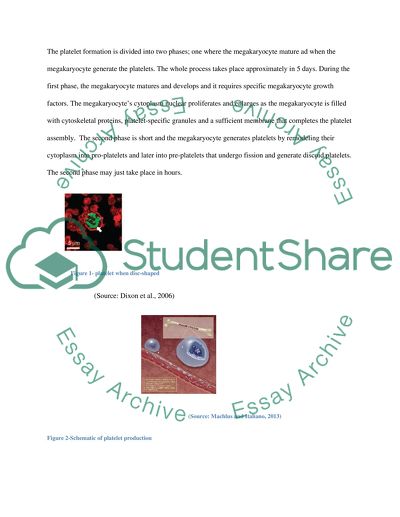Cite this document
(Platelets Expression of COX1, IL1 and IL10 Research Proposal, n.d.)
Platelets Expression of COX1, IL1 and IL10 Research Proposal. Retrieved from https://studentshare.org/biology/1654363-platelet-expression-of-cox1-il1-and-il10
Platelets Expression of COX1, IL1 and IL10 Research Proposal. Retrieved from https://studentshare.org/biology/1654363-platelet-expression-of-cox1-il1-and-il10
(Platelets Expression of COX1, IL1 and IL10 Research Proposal)
Platelets Expression of COX1, IL1 and IL10 Research Proposal. https://studentshare.org/biology/1654363-platelet-expression-of-cox1-il1-and-il10.
Platelets Expression of COX1, IL1 and IL10 Research Proposal. https://studentshare.org/biology/1654363-platelet-expression-of-cox1-il1-and-il10.
“Platelets Expression of COX1, IL1 and IL10 Research Proposal”, n.d. https://studentshare.org/biology/1654363-platelet-expression-of-cox1-il1-and-il10.


